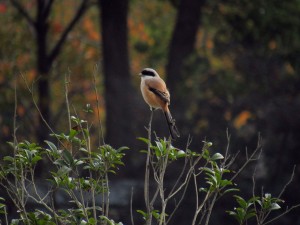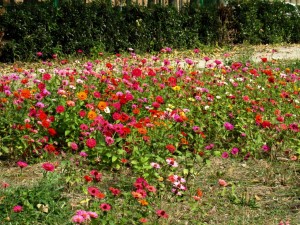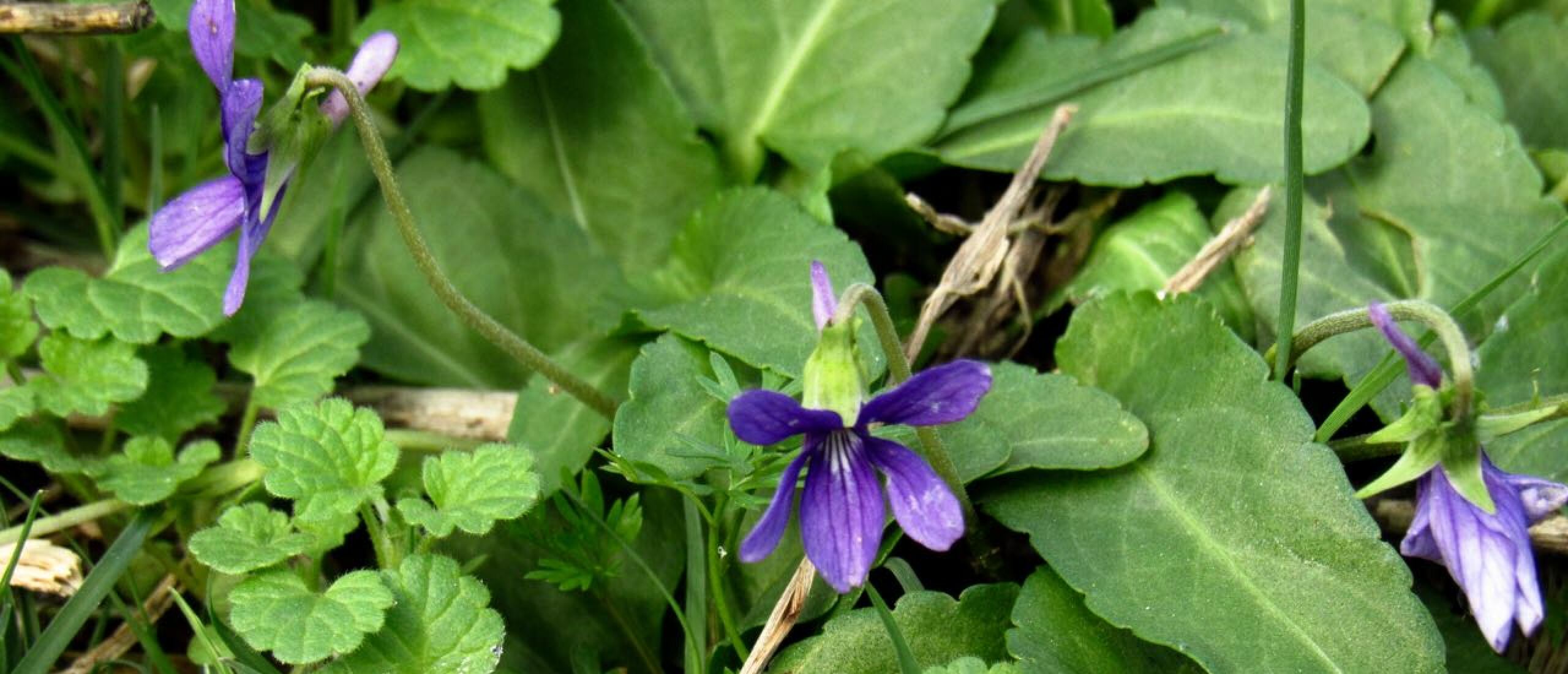
Winter kicks in but butterflies linger on This weekend was mostly taken up with essay marking and writing feedback, but a visit to the doctor yesterday morning gave me an excuse to explore another part of Suzhou, this time at the northern end of Jinji Lake, where I was able to wonder at the mammoth 450m, 98-storey Suzhou IFS Tower, which is still under construction (although nothing appeared to be happening at the top).
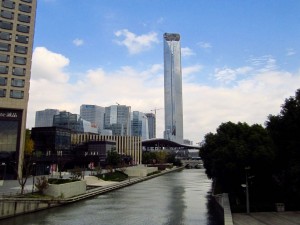 Construction of the 450m skyscraper appears to have come to a (temporary?) halt
Construction of the 450m skyscraper appears to have come to a (temporary?) halt
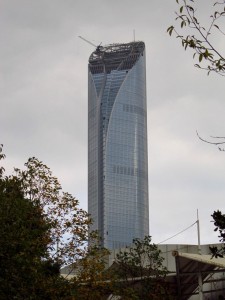 Nothing seemed to be happening at the top of the tower
Nothing seemed to be happening at the top of the tower
From here I was able to look across the lake at the 74-storey "Gateway to the East", which soon after its completion came under attack from critics, who compared it to a pair of “giant underpants”. The 270m-high skyscraper was the work of British architecture practice RMJM, founded in Edinburgh in 1956 by Sir Robert Matthew and Stirrat Johnson-Marshall.
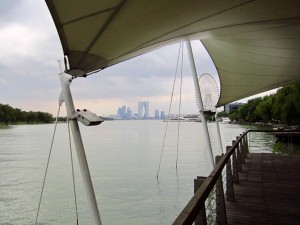 A view across Jinji Lake towards another famous landmark, the building nicknamed "the Trousers"
A view across Jinji Lake towards another famous landmark, the building nicknamed "the Trousers"
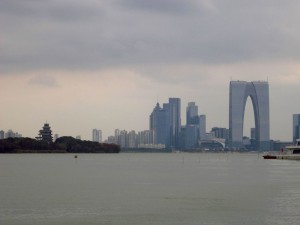 A strange modern pagoda on an island contrasts with the Trouser building
A strange modern pagoda on an island contrasts with the Trouser building
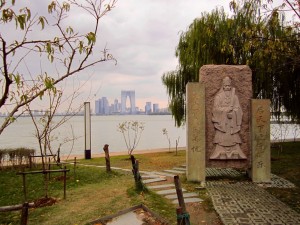 An interesting robed figure turns his back on the Trousers
An interesting robed figure turns his back on the Trousers
 The autumn leaves were still spectacular, despite the icy wind
The autumn leaves were still spectacular, despite the icy wind
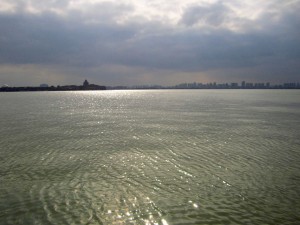 A tranquil but cold view across Jinji Lake
A tranquil but cold view across Jinji Lake
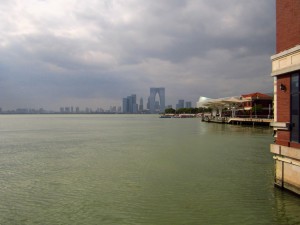 Looking towards the Trousers past the restaurant area of Moon Harbour
Looking towards the Trousers past the restaurant area of Moon Harbour
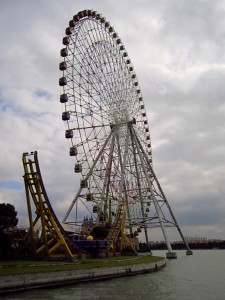 Suzhou's equivalent of the London Eye
Suzhou's equivalent of the London Eye
The weather was quite different to the other days I have experienced so far here in Suzhou, with an icy chill in the wind, and not a hint of a butterfly anywhere. I wandered through the Giant Ferris-wheel Park and on into Moon Harbour, a complex of restaurants, before taking the metro back home and continuing my marking marathon. This morning I continued with the marking, but by midday my eyes were protesting at staring at the screen, so I decided it was time to head out. Rather than wasting a lot of time on public transport, I came to the conclusion that it might be interesting to spend some time looking for birds along the route I normally take on my walk to work. I am not a keen bird photographer, but in the absence of butterflies, I thought I’d try to obtain some shots of the birds that I usually see in the trees on the university campus, and spend some time on a vacant plot that I believe was originally destined to be the site of a new campus for the China branch of Staffordshire University, but is now temporarily occupied by a small garden centre and some domestic geese, ducks and chickens. Such areas of “wasteland” are havens for wildlife in densely populated areas like Suzhou.
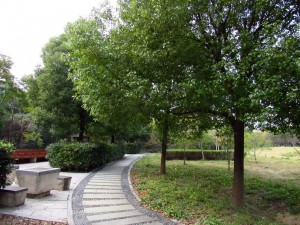 I walk along this pathway on my way to work every morning
I walk along this pathway on my way to work every morning
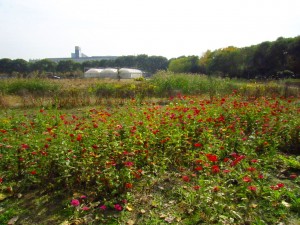 The vacant Staffordshire University plot is a haven for wildlife and hosts a small garden centre
The vacant Staffordshire University plot is a haven for wildlife and hosts a small garden centre
In the wooded area, it was not long before I heard a quiet rustling in the fallen leaves under a hedge, and after a short while, I spotted a beautiful Grey-backed Thrush, a relatively common but shy species that is restricted to continental North-east Asia. It was hard to obtain a satisfactory shot as the bird was in a very dark area of shade, but I enjoyed astonishingly close views, and in fact each time I walked past that hedge during the following hour and a half, the bird was still there, quietly foraging under the fallen leaves.
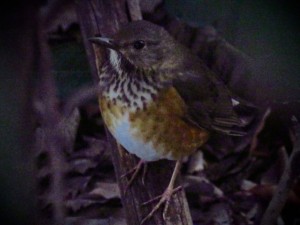 The Grey-backed Thrush appeared unperturbed by my presence
The Grey-backed Thrush appeared unperturbed by my presence
There were a lot of birds around, and I was pleased to find a flock of about ten splendid-looking Chinese Grosbeaks feeding on small fruits, their huge bills being used to crack the kernels of the stones inside. These birds are closely related to our Hawfinch, and I savoured my close views of these brightly coloured and boldly patterned finches. They did not pose well for photographs, but I did manage to obtain a few record shots.
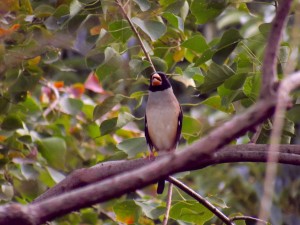 The Chinese Grosbeak has an enormous bill that helps it crack open the stones of small fruits
The Chinese Grosbeak has an enormous bill that helps it crack open the stones of small fruits
I then ventured out onto an area of more open grassland with scattered trees, where I was treated to a magnificent view of a Hoopoe. I normally see two or three of these dramatic-looking birds on my way to work, but this was the best view I have had as yet.
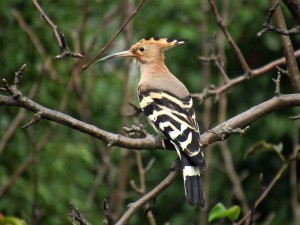 This was the best view of a Hoopoe that I've had so far
This was the best view of a Hoopoe that I've had so far
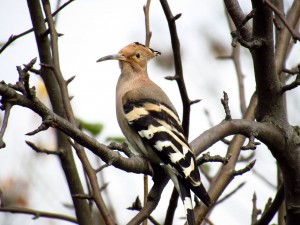 Hoopoes seem to be regular birds around the university campus
Hoopoes seem to be regular birds around the university campus
Also here was a Long-tailed Shrike, a bird which I also see every day around the campus, and in the nearby trees, a beautiful male Daurian Redstart, another lovely bird which I used to be very familiar with when I lived in Japan.
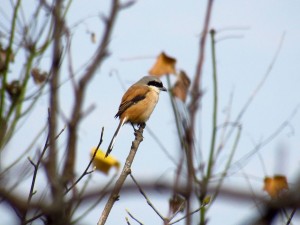 Long-tailed Shrikes are also frequent in this area
Long-tailed Shrikes are also frequent in this area
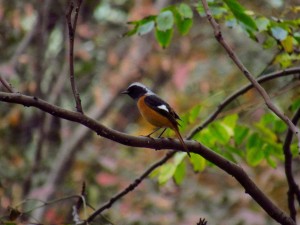 Male Daurian Redstarts are very attractive birds
Male Daurian Redstarts are very attractive birds
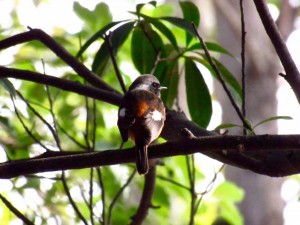 A male Daurian Redstart posing in a tree
A male Daurian Redstart posing in a tree
I then headed into the vacant plot, where to my great surprise, a gleam of sunshine suddenly brought a few butterflies out. I had assumed that the last two days of cold weather would have brought my butterfly-watching to a halt until next Spring, but no, a number of Small Whites, Pieris rapae, started flying around, and I even saw a Common Grass Yellow, Eurema hecabe, a species that I normally associate with steamy tropical areas.
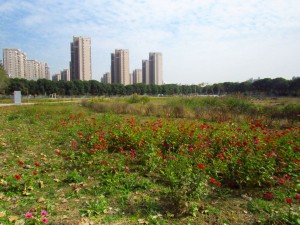 The sun was shining on the vacant plot
The sun was shining on the vacant plot
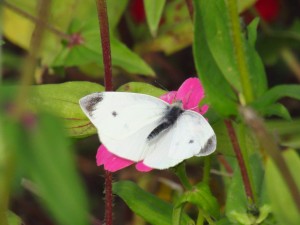 A Small White soaking up the sun's warmth on this chilly day
A Small White soaking up the sun's warmth on this chilly day
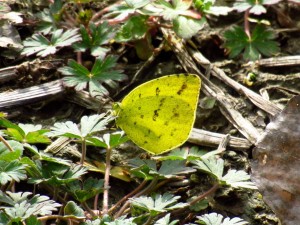 I was surprised to see a Common Grass Yellow, a species I associate with warm and humid weather
I was surprised to see a Common Grass Yellow, a species I associate with warm and humid weather
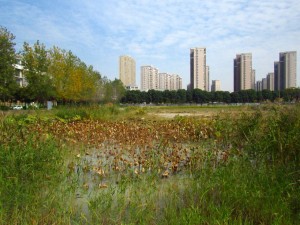 The vacant lot has its very own lotus pond, where I once spotted a Kingfisher
The vacant lot has its very own lotus pond, where I once spotted a Kingfisher
After a while in this open area, observing Magpies, White Wagtails, Crested Mynas, White-cheeked Starlings and Tree Sparrows, I moved back towards the trees, where I found the Grey-backed Thrush still under its hedge, a female Oriental Magpie-Robin, and a pair of Red-flanked Bluetails foraging discreetly in the bushes.
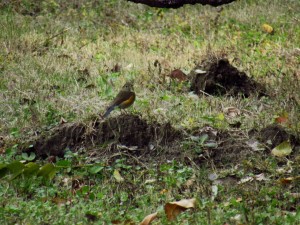 A female Red-flanked Bluetail perched briefly in the open
A female Red-flanked Bluetail perched briefly in the open
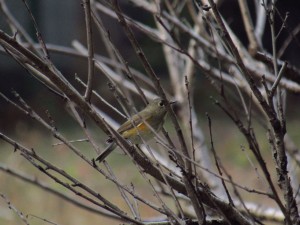 The Red-flanked Bluetail was very hard to photograph
The Red-flanked Bluetail was very hard to photograph
The grassy area was now soaking up some of the warmth of the afternoon sun, and a lone male Pale Grass Blue, Zizeeria maha, was basking on a dead leaf.
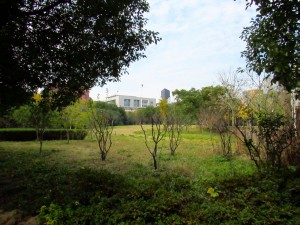 The grassy area was sheltered from the wind
The grassy area was sheltered from the wind
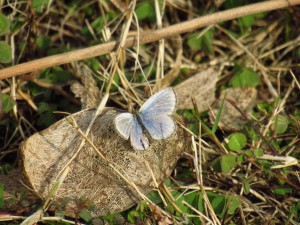 The Pale Grass Blue was trying to warm in the sunshine
The Pale Grass Blue was trying to warm in the sunshine
Violets were flowering, and it was not long before I spotted a larger butterfly flapping around, looking rather chilly and clearly seeking out a really warm spot to soak up the sun’s rays: a male Indian Fritillary, Argyreus hyperbius. The larvae of this attractive butterfly feed on those violets, and I have seen them on all of my excursions since I arrived here in late September. Was this male the last of the season?
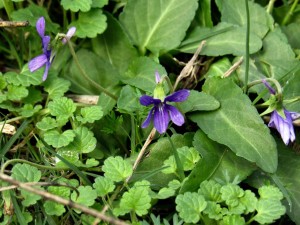 Violets are the foodplant of the Indian Fritillary
Violets are the foodplant of the Indian Fritillary
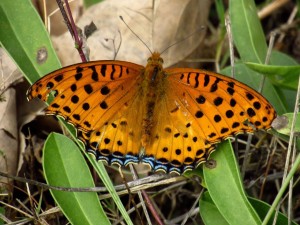 Will this be my last Indian Fritillary of the season?
Will this be my last Indian Fritillary of the season?
I finally decided that I had better get back to my marking, but my two hours or so away from the computer had proved to be very enjoyable and productive, and it was a pleasure to be away from the marking! Since then, I am glad to say that I have completed it!


